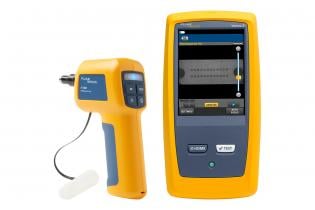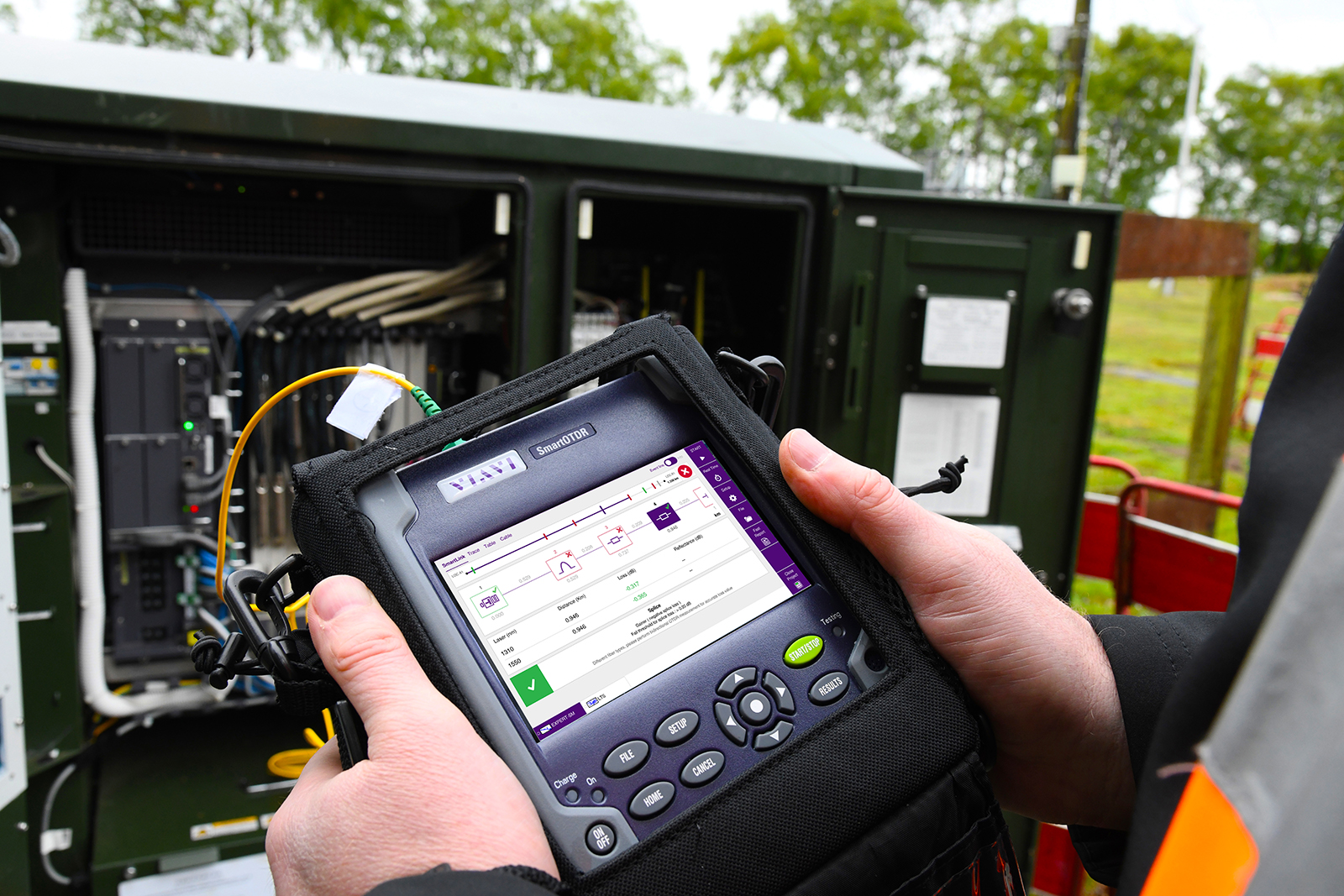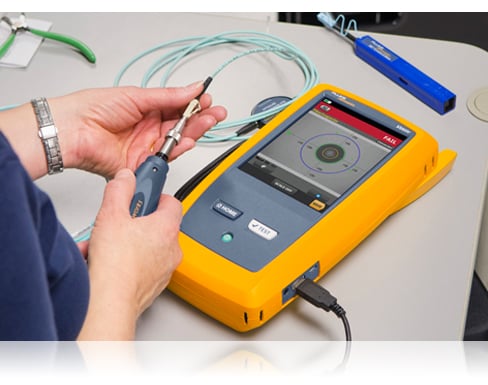Why precision fiber measurement is essential in textile industries
Wiki Article
Discovering Advanced Techniques in Fiber Measurement and Their Industry Effect
In today's fabric industry, exact fiber dimension is necessary for enhancing production processes and conference sustainability goals. With the increase of ingenious imaging and logical tools, you can acquire deeper insights into fiber framework and make-up. This shift not just boosts efficiency yet also lines up with sector standards. As these advanced methods develop, you might wonder how they can even more change producing practices and influence the future of fabrics.The Importance of Accurate Fiber Measurement in Textile Production

Innovative Imaging Technologies for Fiber Analysis
When it pertains to fiber analysis, innovative imaging innovations are video game changers. High-resolution microscopy methods and spectroscopic analysis methods give you with detailed understandings right into fiber structure and make-up. These innovations not just boost accuracy however likewise improve your dimension procedures.High-Resolution Microscopy Techniques
High-resolution microscopy strategies have actually changed fiber evaluation, permitting researchers to visualize fibers at unprecedented degrees of detail. With approaches like scanning electron microscopy (SEM) and transmission electron microscopy (TEM), you can observe fiber morphology, surface functions, and cross-sections with impressive clarity. These techniques allow you to differentiate in between various fiber types and evaluate their architectural stability. You'll locate that high-resolution imaging aids identify defects, inclusions, and various other essential attributes that can influence material performance. Advancements in electronic imaging software application have actually boosted picture handling, making it easier to assess and analyze data. By embracing these cutting-edge strategies, you can drive better precision in fiber dimension and add to advancements in different industries, from fabrics to compounds.Spectroscopic Analysis Techniques
Spectroscopic evaluation approaches have emerged as powerful devices for fiber characterization, giving insights that complement high-resolution microscopy. You can utilize methods like infrared (IR) spectroscopy, which aids determine the chemical make-up of fibers by gauging molecular vibrations. Raman spectroscopy offers an additional layer of information, enabling you to examine molecular structures through spreading of monochromatic light. These approaches not just boost your understanding of fiber buildings but likewise make it possible for the discovery of impurities and structural variations. By integrating spectroscopic strategies with typical microscopy, you obtain a much more considerable sight of fibers' physical and chemical qualities, boosting your research study accuracy. Ultimately, these innovations can especially affect product choice and top quality control in various markets.Advanced Analytical Tools and Their Applications
As you check out the domain name of fiber dimension, you'll uncover that sophisticated analytical tools play a crucial duty in enhancing precision and efficiency. Methods like high-performance liquid chromatography (HPLC) and gas chromatography (GC) permit you to examine fiber structure with outstanding precision. These devices enable you to recognize particular parts and contaminants, guaranteeing top quality control in your products.Additionally, using scanning electron microscopy (SEM) offers you a comprehensive sight of fiber structure, aiding you comprehend exactly how various treatments impact performance. Modern software application additionally streamlines data evaluation, making it simpler to interpret complex results and team up throughout teams.
Impact of Fiber Measurement on Manufacturing Efficiency
While precise fiber dimension might look like a little information, it substantially affects production effectiveness in the textile market. When you purchase accurate fiber measurement techniques, you can optimize resources usage and lessen waste. This leads to much better source allotment, enabling you to generate top quality fabrics without excessive using resources.By understanding fiber characteristics, you can customize production procedures to certain materials, enhancing your workflow and decreasing downtime. Recognizing the precise tensile strength of fibers allows you adjust equipment settings for optimum efficiency. This not just accelerates manufacturing yet additionally ensures regular product quality.Moreover, accurate fiber measurement aids you determine problems early in the assembly line, protecting against expensive reworks and delays (fibre testing equipment). Generally, applying innovative fiber dimension methods streamlines procedures, improves performance, and eventually raises profitability. In today's competitive market, every detail counts, and accurate fiber measurement is a game-changerSustainability Factors To Consider in Fiber Assessment Techniques
When you evaluate fiber, it's vital to contemplate sustainable methods that can lessen ecological impact. Utilizing environmentally friendly measurement techniques and reducing waste in your evaluations can greatly enhance your total sustainability. Furthermore, incorporating lifecycle evaluation into your techniques can offer a clearer photo of your fiber's environmental footprint.Eco-Friendly Measurement Approaches
Taking into consideration the expanding demand for sustainability in different industries, embracing environmentally friendly dimension methods for fiber analysis has ended up being important. You can begin by using non-toxic solvents and eco-friendly products in your screening processes. These alternatives not just reduce environmental influence but likewise improve safety and security for your group. Carrying out electronic dimension strategies can better minimize waste, as they typically call for less physical examples and resources. Furthermore, leveraging ingenious modern technologies like near-infrared spectroscopy can generate precise results without unsafe chemicals. By choosing these greener approaches, you add to a more sustainable future while keeping high standards in fiber top quality. Eventually, integrating environment-friendly practices into your fiber analysis not only aligns with customer values yet likewise increases your brand's credibility.Reducing Waste in Evaluation
To successfully minimize waste in fiber assessment, you can apply approaches that improve your screening processes and minimize resource usage. Beginning by maximizing example dimensions; using smaller samples can generate accurate outcomes while saving products. Next off, invest in multifunctional equipment that enables numerous tests without requiring numerous tools, lowering power and source use. You should likewise think about adopting electronic tools for information collection and evaluation, which can lower paper waste and enhance efficiency. Regularly training your team on sustainable practices assures everybody's aboard with waste reduction goals. Collaborating with vendors who focus on sustainability can better boost your efforts, allowing you to assess fibers while preserving a commitment to environmental obligation.Lifecycle Analysis Combination
Integrating lifecycle analysis (LCA) right into fiber assessment methods can substantially enhance sustainability initiatives. By taking a look at the ecological impacts of fibers from manufacturing to disposal, you can determine locations for improvement. This method helps you comprehend source consumption, energy use, and waste generation throughout the fiber's life.When you incorporate LCA, you're not just measuring fiber characteristics; you're also considering the eco-friendly impact. This alternative sight allows you to make educated choices that prioritize sustainability. You could pick fibers that call for less sources or have a reduced carbon effect. Inevitably, LCA encourages you to optimize processes, minimize waste, and promote eco-friendly selections in fiber manufacturing, straightening your exercise with worldwide sustainability objectives.
Sector Criteria and Regulations Forming Fiber Measurement
As the demand for high-quality fiber products expands, understanding the industry standards and laws that govern fiber measurement ends up being important. These standards assure consistency, accuracy, and safety and security in the dimension process, which inevitably influences item top quality. Organizations like ASTM International and ISO stated standards that manufacturers must stick to, covering different aspects such as fiber identification, stamina testing, and wetness material evaluation.
Future Fads in Fiber Measurement and Fabric Manufacturing
Exactly how will developments in modern technology reshape fiber measurement and fabric manufacturing? You'll see a shift towards automation and real-time information analysis, boosting accuracy and effectiveness. Smart sensors will check fiber homes continually, enabling immediate modifications in manufacturing. This suggests you can expect higher high quality textiles with much less waste.Moreover, AI and device learning will anticipate trends in consumer choices, making it possible for makers to adjust quickly. optical fibre diameter analyzer. By integrating blockchain innovation, you'll have far better traceability of products, making certain sustainability and moral sourcing.Virtual truth and increased fact will play a duty also, using immersive training experiences for employees on fiber handling and manufacturing processes.As you accept these changes, the fabric sector will change into an extra receptive, sustainable, and innovative industry, establishing brand-new standards for top quality and performance. The future of fiber measurement and textile production is brilliant, and it's time to hop on boardOften Asked Inquiries
What Are the A Lot Of Usual Fiber Kind Measured in the Industry?
In the sector, you'll often come across all-natural fibers like cotton and woollen, in addition to synthetic alternatives such as polyester and nylon. Each kind has one-of-a-kind properties, influencing their dimension and application in numerous products.How Do Fiber Dimensions Impact Consumer Product Quality?
Fiber dimensions straight affect consumer item quality by making sure uniformity, toughness, and efficiency. When you recognize these metrics, you can make informed options, resulting in boosted contentment and optical measurement system far better total experiences with the items you use.What Training Is Needed for Fiber Dimension Technicians?
To end up being a fiber measurement service technician, you'll require customized training in textile science, measurement methods, and tools operation. Hands-on experience and accreditations can boost your abilities, making you skillful in accurate fiber evaluation and quality assurance.Are There Any Type Of Accreditations for Fiber Measurement Professionals?
Yes, there are certifications for fiber measurement specialists. You can seek alternatives like the Qualified Fiber Optics Technician (CFOT) or various industry-specific credentials that enhance your experience and reliability in fiber dimension and screening.How Can Local Business Implement Fiber Measurement Techniques Effectively?
You can implement fiber dimension techniques properly by spending in budget-friendly devices, training your team, and establishing clear protocols. Collaborate with market professionals and continuously refine your processes to improve accuracy and performance in time.Report this wiki page